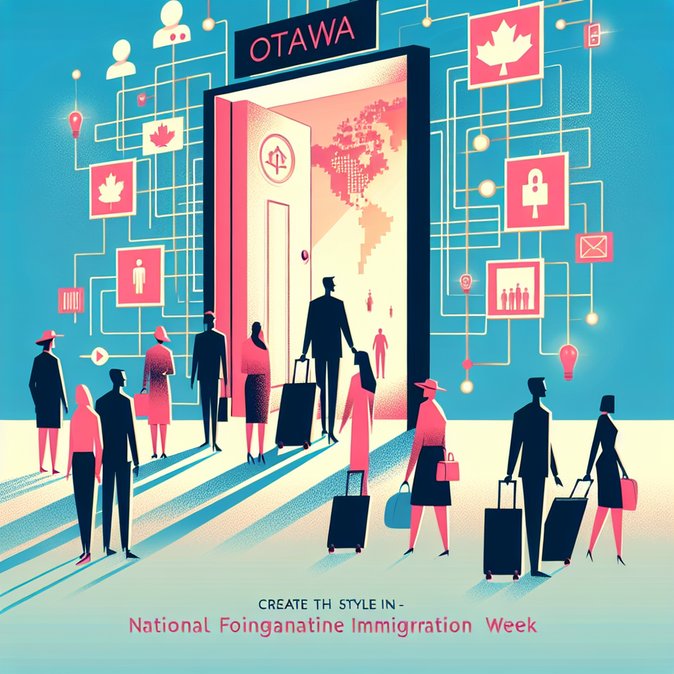
Immigration Minister Lena Metlege Diab kicked off the 13th edition of National Francophone Immigration Week with a statement on November 3 celebrating the “cultural, economic and social contributions” of French-speaking newcomers outside Quebec.
Francophone minority communities in provinces such as New Brunswick, Manitoba and Ontario have long warned that assimilation pressures are eroding their demographic weight. Ottawa set a target in 2019 to raise the share of French-speaking permanent residents admitted outside Quebec to 8.5 % by 2025; Diab confirmed Canada is “on track” to meet that goal, buoyed by category-based Express Entry draws that reserve invitations for francophone candidates.
![Canada Launches 13th National Francophone Immigration Week]()
For employers, the week brings a slate of virtual job fairs that match Canadian firms with francophone talent from Africa, Europe and the Caribbean. Sectors ranging from health care to digital animation are scheduled to pitch in French-only breakout rooms, a format designed to ensure language alignment from day one. Companies that hire through the Mobilité Francophone work-permit stream benefit from Labour Market Impact Assessment exemptions, cutting red tape and shortening onboarding timelines.
Immigration practitioners note that francophone candidates continue to obtain bonus points in many Provincial Nominee Programs (PNPs). Ontario, for instance, awards up to 25 additional points to bilingual profiles in its Human Capital Priorities stream, while New Brunswick runs exclusive recruitment missions in Ivory Coast and Morocco. Mobility managers seeking to bolster bilingual service capacity in Canada’s federal market should leverage the temporary public-policy measure that waives biometrics for some low-risk francophone applicants until March 2026.
Beyond recruitment, the minister highlighted the Welcoming Francophone Communities Initiative, which funds local reception centres, French-language settlement services and mentorship programs. The initiative’s evaluation report, due in early 2026, will influence the next-generation Action Plan for Official Languages and future immigration targets.
Francophone minority communities in provinces such as New Brunswick, Manitoba and Ontario have long warned that assimilation pressures are eroding their demographic weight. Ottawa set a target in 2019 to raise the share of French-speaking permanent residents admitted outside Quebec to 8.5 % by 2025; Diab confirmed Canada is “on track” to meet that goal, buoyed by category-based Express Entry draws that reserve invitations for francophone candidates.

For employers, the week brings a slate of virtual job fairs that match Canadian firms with francophone talent from Africa, Europe and the Caribbean. Sectors ranging from health care to digital animation are scheduled to pitch in French-only breakout rooms, a format designed to ensure language alignment from day one. Companies that hire through the Mobilité Francophone work-permit stream benefit from Labour Market Impact Assessment exemptions, cutting red tape and shortening onboarding timelines.
Immigration practitioners note that francophone candidates continue to obtain bonus points in many Provincial Nominee Programs (PNPs). Ontario, for instance, awards up to 25 additional points to bilingual profiles in its Human Capital Priorities stream, while New Brunswick runs exclusive recruitment missions in Ivory Coast and Morocco. Mobility managers seeking to bolster bilingual service capacity in Canada’s federal market should leverage the temporary public-policy measure that waives biometrics for some low-risk francophone applicants until March 2026.
Beyond recruitment, the minister highlighted the Welcoming Francophone Communities Initiative, which funds local reception centres, French-language settlement services and mentorship programs. The initiative’s evaluation report, due in early 2026, will influence the next-generation Action Plan for Official Languages and future immigration targets.







